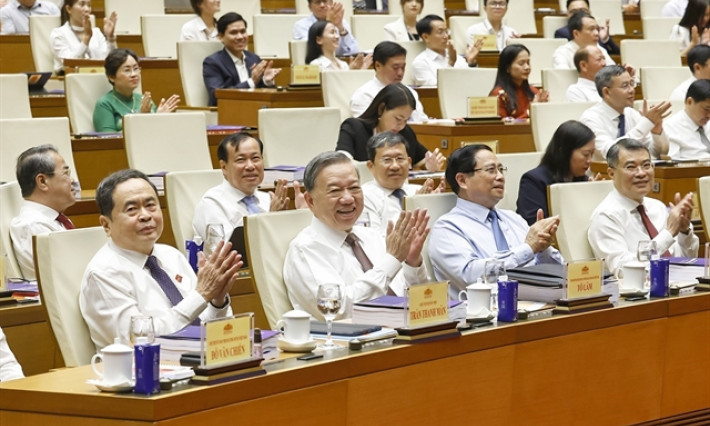Removing difficulties for seafood export
Vietnam’s seafood exports in April continued to decline by 28% over the same period in 2022, while accumulated exports in the first four months of the year reached about 2.6 billion USD, down 31% over the same period in 2022, according to the Vietnam Association of Seafood Exporters and Producers (VASEP). Seafood exports to some key markets such as the US, China, and Japan all saw significant decreases.
Vietnam’s seafood export turnover to the US dropped by 51% in April, making the US fall to the third position among Vietnam’s largest export markets, after Japan and China. Vietnam’s seafood exports to the US only reached 418 million USD in January-April, down over 57% over the same period last year.
Seafood exports to China, despite better signals, have not yet recorded positive growth compared to the same period in 2022. Seafood exports to China reached 435 million USD in the first four months of this year, down 37% over the corresponding period last year.
Seafood exports to the US, China and several countries plummeted due to inflation, which significantly reduced consumer demand. Many orders were signed but have been cancelled, leading to increased inventory and a lack of cold storage, affecting fish and shrimp production.
Meanwhile, businesses in the seafood industry are facing difficulties with capital. In terms of banking interest rates, businesses in the industry borrowed loans in US dollars with an interest rate of about 2.1% in the past, but the rate now rose to more than 4%. Lack of capital makes it difficult for businesses to continue purchasing raw materials to process export products.
In addition, production and transportation costs such as high anchorage charges remain major obstacles for seafood exporters from the beginning of the year.
To remove difficulties for seafood export, VASEP has proposed the Ministry of Industry and Trade consult with the Government and the State Bank of Vietnam, on adjusting the USD loan interest rate to below 4% to support exporters. It is also necessary to review procedures and consider credit packages for businesses in this period, such as a low-interest 10 trillion VND package for purchasing raw materials in support of fishermen and businesses, in maintaining production.
In addition, it is advisable to allow seafood businesses to have a 3-5 month debt extension with loans due to be paid in the first quarter and allow them to continue to borrow in the context of declining exports since the beginning of the year.
For each specific market, it is necessary to have solutions to remove both immediate and long-term difficulties. For example, the Chinese market still has a lot of room for Vietnamese seafood exports and it always has a huge demand to import seafood for both consumption and export processing. Thus, it requires evaluation and coordination among sectors and localities to develop a long-term strategy to increase the value of seafood exports to this market.
Seafood processing and exporting enterprises also need to improve their products from quality to brand, to meet the new trend of global consumers. This will not only help Vietnamese seafood products overcome current difficulties but also create a global value chain for the industry in the future.






